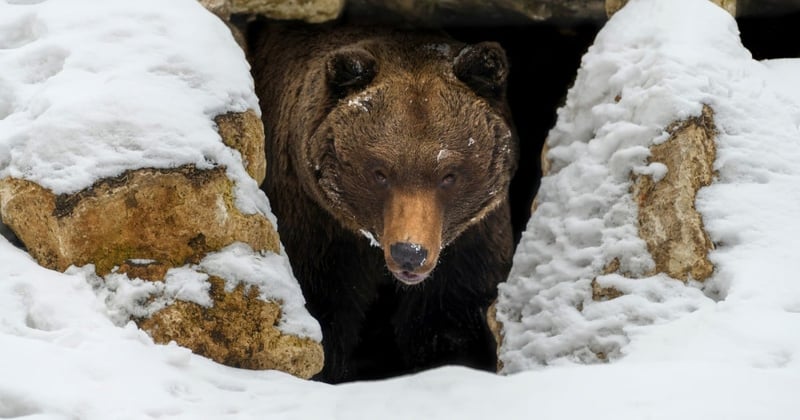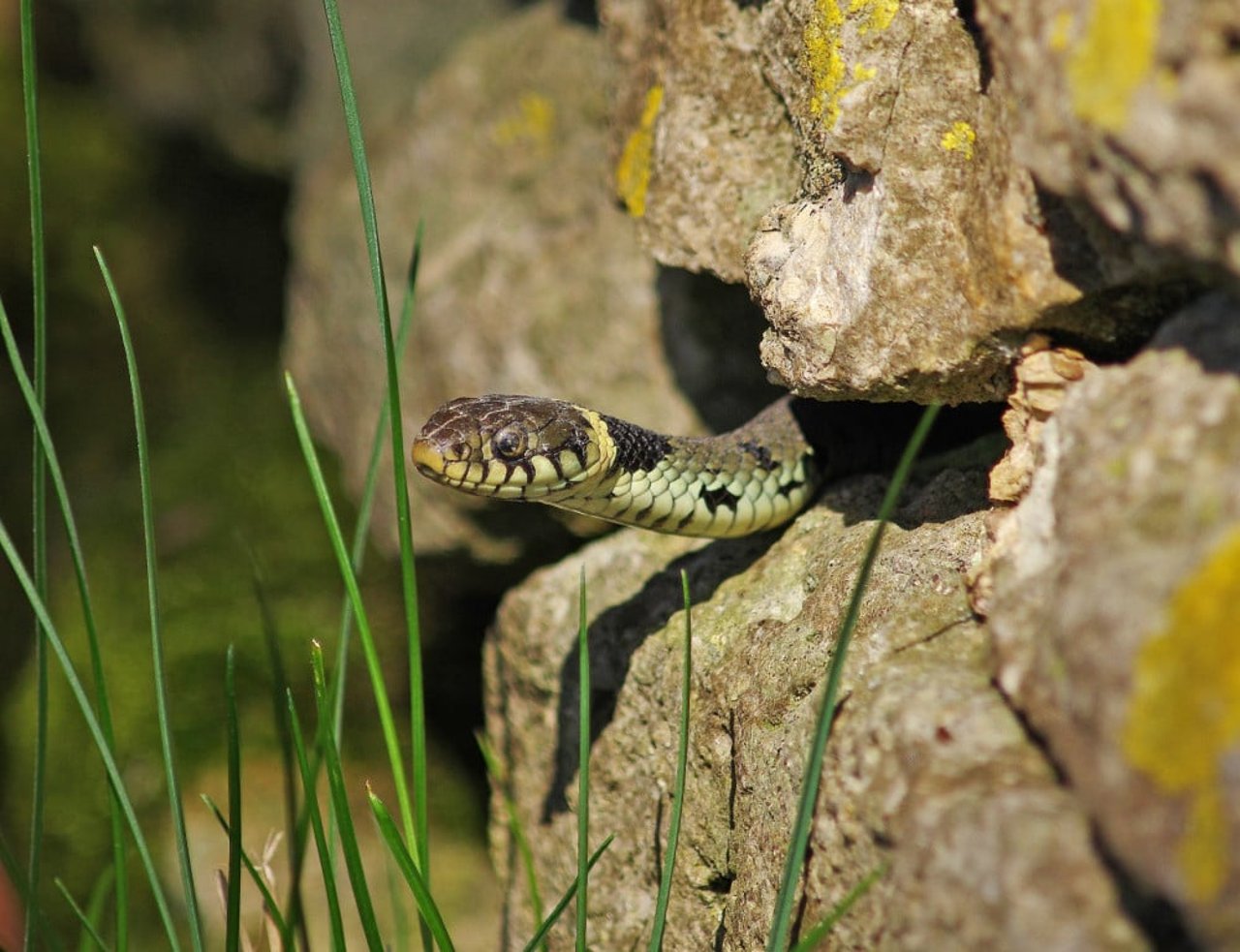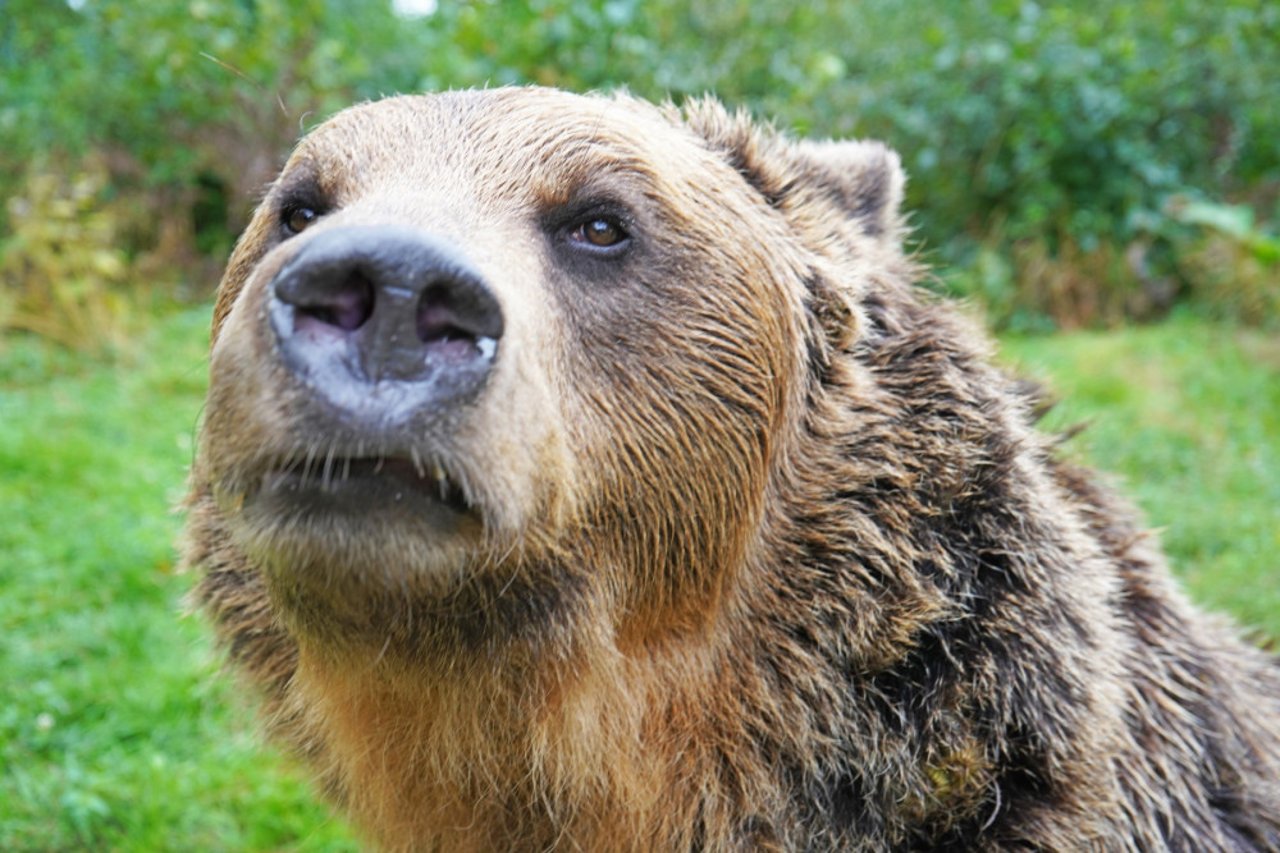
Have you ever wondered what happens to those animals who keep hitting the snooze button all winter? It’s called hibernation, but it’s not that simple. Keep reading to learn more!
Hibernation is a fascinating phenomenon that has long intrigued scientists and nature lovers alike. How do animals survive the harsh conditions of cold temperatures, lack of food, and scarce water? What exactly is hibernation, and how do animals do it? Let’s take a closer look at this intriguing event.
What is Hibernation?
Hibernation is a state of reduced metabolic activity in animals that allows them to conserve energy and survive during periods of extreme cold or reduced food availability. During hibernation, an animal’s body temperature drops, heart rate slows down, and breathing becomes shallow. The animal enters a state where they are barely conscious and moves very little. Hibernation can last for several months, and animals rely on stored fat reserves to survive.
While hibernation is a natural behavior, human activities such as factory farming and deforestation can disrupt this process. Factory farming requires massive amounts of deforested land to grow animal feed crops, which leads to the destruction of hibernation habitats. This is another example of the impact of factory farming on wildlife.
Other Forms of Dormancy
Aside from hibernation, there are other forms of dormancy that animals use to conserve energy and survive harsh conditions. These include:
- Torpor: a temporary form of dormancy used by some birds and mammals. It is a temporary form of hibernation that is less intense than true hibernation, and it can last for shorter periods of time. During torpor, an animal’s heart rate, breathing rate, and body temperature drop significantly, which helps to conserve energy.
- Brumation: a type of dormancy used by reptiles. During brumation, reptiles enter a state of torpor and reduce their metabolic activity to conserve energy. However, their body temperature remains closer to the ambient temperature than in hibernating mammals.
- Estivation: a form of dormancy used by some animals to survive hot and dry conditions. During estivation, animals enter a state of torpor to conserve energy and reduce water loss.
A snake coming out of hibernation.
Which Animals Hibernate?
Many species of animals, such as snakes, snails, and bees, hibernate in the winter. Even bats spend 6 months hibernating. While many associate hibernation with just mammals--reptiles and insects hibernate too. But the most well-known hibernating animals are bears!
Bear Hibernation: What, Why, How?
Bears are perhaps the most famous hibernating animals and for good reason. They can hibernate for up to six months without eating, drinking, urinating, or defecating. During hibernation, a bear’s heart rate drops from around 40 beats per minute to just eight. Their body temperature also drops by a few degrees and they rely on stored fat for energy.
But why do bears hibernate? The primary reason is to conserve energy during the winter when food is scarce. By slowing down their metabolic activity, bears can survive for months on stored fat reserves. Hibernation also helps female bears give birth and raise their cubs in a safe and warm environment.
So how do bears prepare for hibernation? In the months leading up to winter, bears eat large amounts of food to build up their fat reserves. They also find a den, either by digging a hole or using a natural cavity, and line it with leaves, grass, and other materials for insulation.
However, the destruction of their natural habitats due to human activity (namely, factory farming) makes it harder for them to find suitable habitats to hibernate in. This has adverse effects on their survival and, in turn, their entire ecosystem. You can read more about the link between factory farming and wildlife disruption in our report Climate Change and Cruelty.
Another disruption to a bear’s natural hibernation cycle is the cruelty of captivity. There are several bears at our partner sanctuary, Libearty, who due to being held captive since they were young are still unable to hibernate.
A bear at Libearty bear sanctuary.
Conclusion
As we’ve explored in this blog, hibernation is a fascinating natural process that allows certain animals, like bears, to conserve energy and survive harsh conditions. Join the Wild Side and support our efforts to protect hibernating animals like bears. You'll play a crucial role in protecting bears and ensuring their uninterrupted periods of sleep during the winter months.

